Prednicare tablets Species: Cats, Dogs Therapeutic indication: Pharmaceuticals: Anti-inflammatory preparations: Oral: Other steroids Active ingredient: Prednisolone Product:Prednicare 1mg, 5mg tablets Product index: Prednicare tablets Incorporating:Prednicare 1mg, 5mg tablets Qualitative and quantitative composition Each tablet contains Active Substance: Prednisolone 1mg/ 5mg Excipients: For a full list of excipients, see pharmaceutical particulars Pharmaceutical form Tablets A white, biconvex tablet Clinical particulars Indications for use, specifying the target species As an anti-inflammatory and anti-allergic agent for use in dogs and cats Contraindications Systemic corticosteroid therapy is generally contra-indicated in patients with renal disease or diabetes mellitus. Administration is contra-indicated where corneal ulceration is present. The use of corticosteroids may render vaccinations inoperative. Administration in late pregnancy may cause early parturition and abortion Special warnings for each target species Dosing should coincide with the endogenous cortisol peak (i.e., in the morning with regard to dogs and in the evening with regard to cats). Special precautions for use Special precautions for use in animals Caution is necessary when prescribing corticosteroids in animals with the following conditions: epilepsy; glaucoma; hypertension; osteoporosis; peptic ulceration; previous steroid myopathy. Special precautions for the person administering the veterinary medicinal product to animals Impermeable gloves should be worn whilst administering the product. Wash hands thoroughly with soap and water after handling this product. In case of accidental ingestion, drink plenty of water and seek medical advice. Adverse reactions (frequency and seriousness) Anti-inflammatory steroids, such as prednisolone, are known to exert a wide range of side-effects. Whilst single high doses are generally well tolerated, they may induce severe side-effects in long-term use and when esters possessing a long duration of action are administered. Dosage in medium to long term should therefore generally be kept to the minimum necessary to control symptoms. Steroids themselves, during treatment, may cause Cushingoid symptoms involving significant alteration of fat, carbohydrate, protein and mineral metabolism, e.g., redistribution of body fat, muscle weakness and osteoporosis may result. During therapy, effective doses suppress the Hypothalamo-Pituitreal-Adrenal axis. Following cessation of treatment, symptoms of adrenal insufficiency extending to adrenocorticol atrophy can arise and this may render the animal unable to deal adequately with stressful situations. Consideration should therefore be given to means of minimising problems of adrenal insufficiency following the withdrawal of treatment, e.g., dosing on alternate days, dosing to coincide with the endogenous cortisol peak (i.e., in the morning with regard to dogs and in the evening with regard to cats) and a gradual reduction in dosage (for further discussion see standard texts). Systemically acting corticosteroids may cause polyuria, polydipsia and polyphagia, particularly during the early stages of therapy. Some corticosteroids may cause sodium and water retention and hypokalaemia in long term use. Systemic corticosteroids have caused deposition of calcium in the skin (calcinosis cutis). Corticosteroids are not recommended for use in pregnant animals. Administration in early pregnancy is known to have caused foetal abnormalities in laboratory animals. Administration in late pregnancy may cause early parturition or abortion. Corticosteroids may delay wound healing and the immunosuppressant actions may weaken resistance to or exacerbate existing infections. In the presence of bacterial infection, anti-bacterial drug cover is usually required when steroids are used. In the presence of viral infections, steroids may worsen or hasten the progress of the disease. Gastrointestinal ulceration has been reported in animals treated with corticosteroids and g.i.t. ulceration may be exacerbated by steroids in patients given non-steroidal anti-inflammatory drugs and in corticosteroid treated animals with spinal cord trauma. Steroids may cause enlargement of the liver (hepatomegaly) with increased serum hepatic enzymes. Use during pregnancy, lactation or lay Corticosteroids are not recommended for use in pregnant animals. Administration in early pregnancy is known to have caused foetal abnormalities in laboratory animals. Administration in late pregnancy may cause early parturition or abortion. Interaction with other medicinal products and other forms of interaction The use of corticosteroids may render concurrent vaccinations inoperative. Corticosteroid treated animals may succumb to infection if concurrently vaccinated with live vaccines. Gastro-intestinal tract ulceration may be exacerbated by steroids in patients given non-steroidal anti-inflammatory drugs and in corticosteroid treated animals with spinal cord trauma. Serum levels of concurrently administered salicylates may increase considerably on withdrawal of corticosteroid therapy, with the potential for toxic effects and/or increased gastro-intestinal tract ulceration. Steroids may cause enlargement of the liver (hepatomegaly) with increased serum hepatic enzymes. The effectiveness of anticoagulants may be modified by concurrent corticosteroid therapy. The actions of hypoglycaemic agents will be antagonised by the hyperglycaemic effects of corticosteroids. Hypokalaemia may occur when amphotericin and corticosteroids are used concurrently. The simultaneous use of corticosteroids and methotrexate may increase methotrexate toxicity. The therapeutic effects of some barbiturates, phenytoin, and rifampicin may be reduced by the concurrent use of corticosteroids. Amount(s) to be administered and administration route For oral administration. Single dose treatment may be appropriate for some specific conditions (anaphylaxis, etc), but for more general treatment, treatment may be given for one to three weeks at doses between: DOGS: 0.1-2.0 mg/kg/day CATS: 0.1-2.0 mg/kg/day The lowest effective dose must be used. Treatment should not be withdrawn suddenly. Problems of adrenal insufficiency should be minimised by dosing on alternate days, dosing to coincide with the endogenous cortisol peak (i.e. in the morning with regard to dogs and in the evening with regard to cats) and a gradual reduction in dosage. For the treatment of cats and dogs with tumours responsive to corticosteroid therapy, the balance between the risks of therapy and the benefits of treatment may justify larger doses. In such cases, doses between 20 mg/m² every other day and 60 mg/m²/day have been found to be useful. (Dose is related to the animal’s estimated body surface area, in square metres.) Overdose (symptoms, emergency procedures, antidotes), if necessary Overdose may result in disturbance of fat, carbohydrate, protein and mineral metabolism, i.e. Cushingoid signs. Treatment should be symptomatic and conservative.














